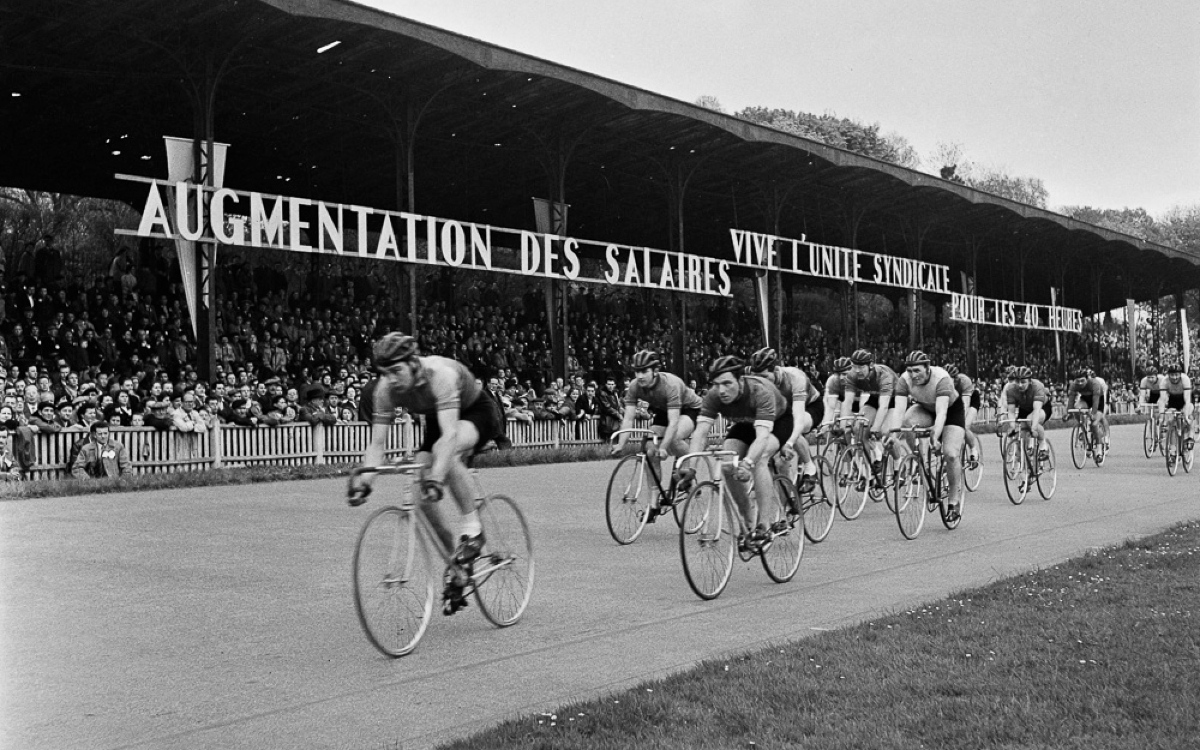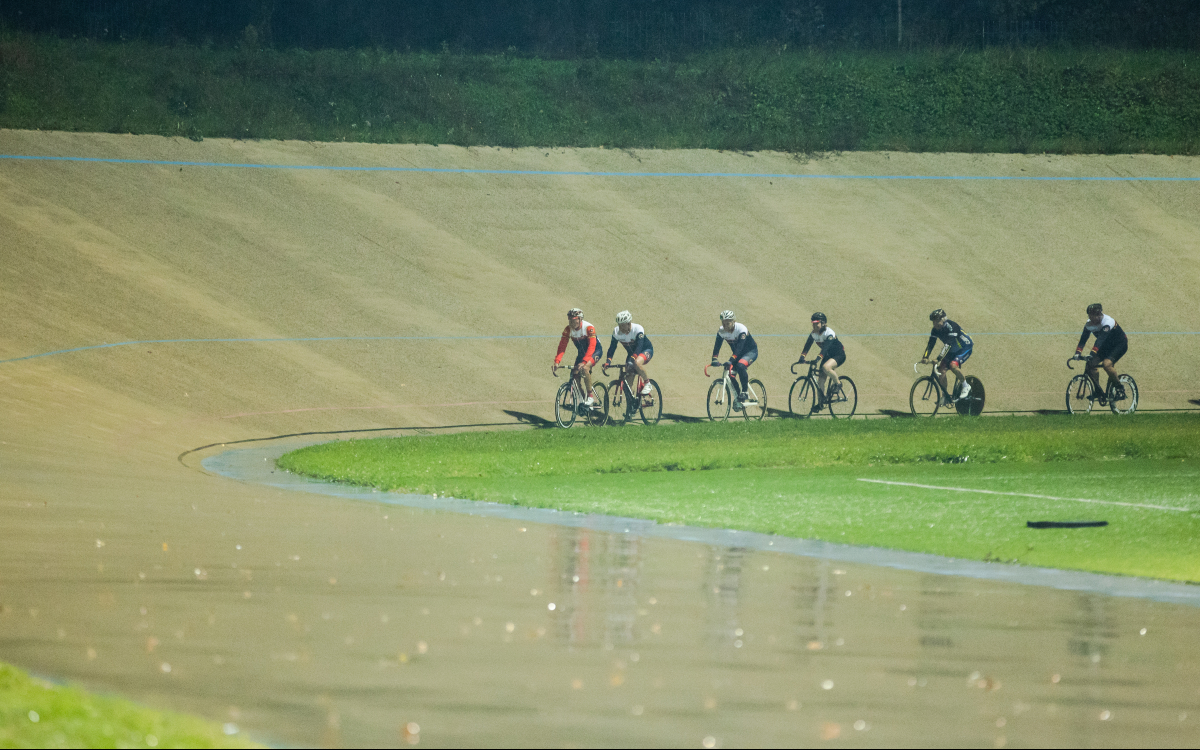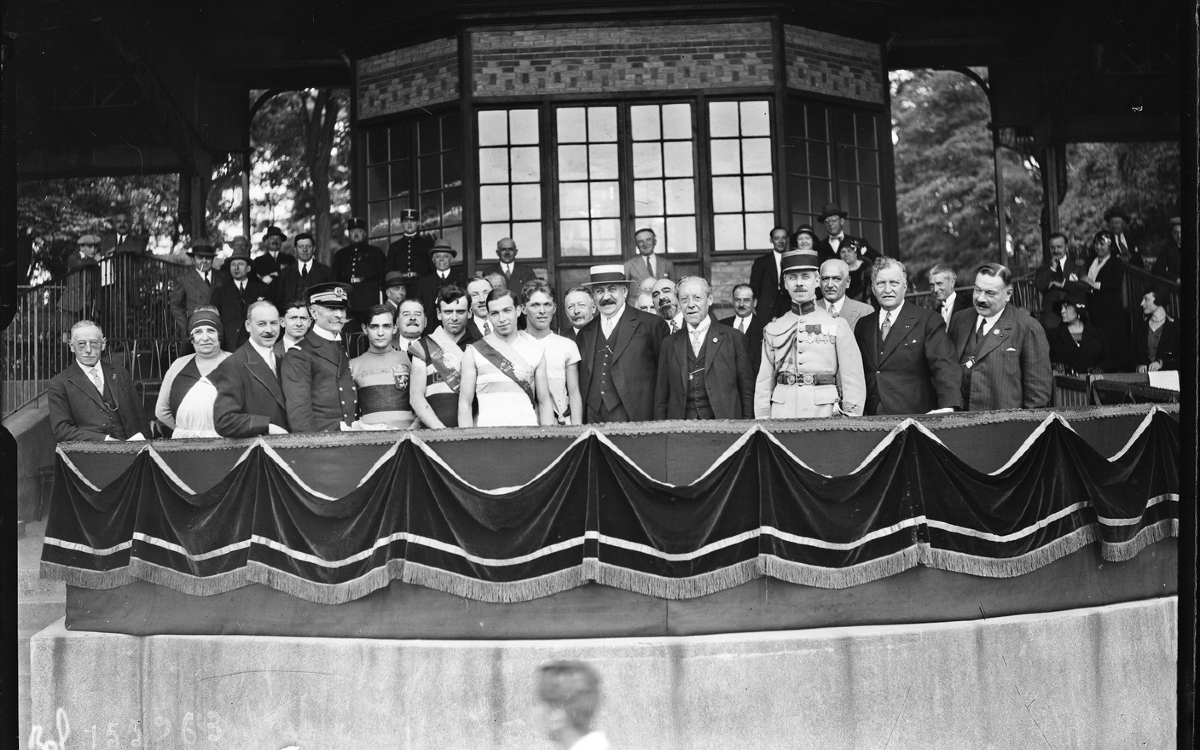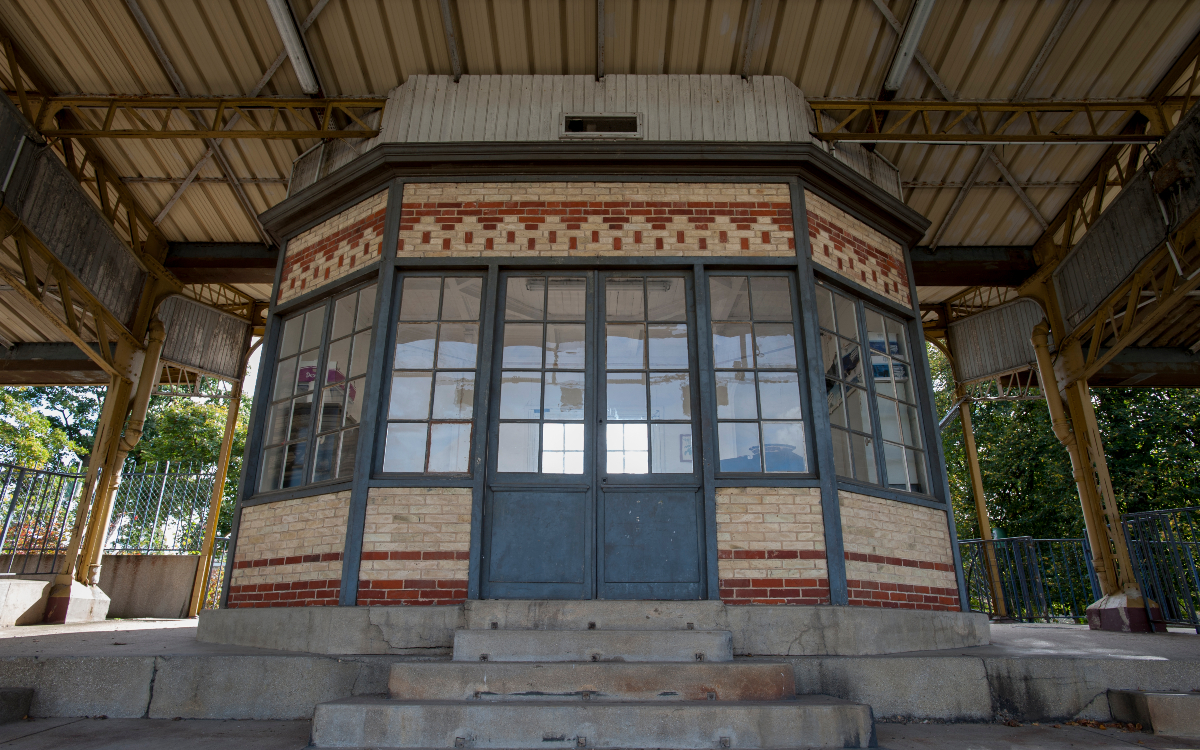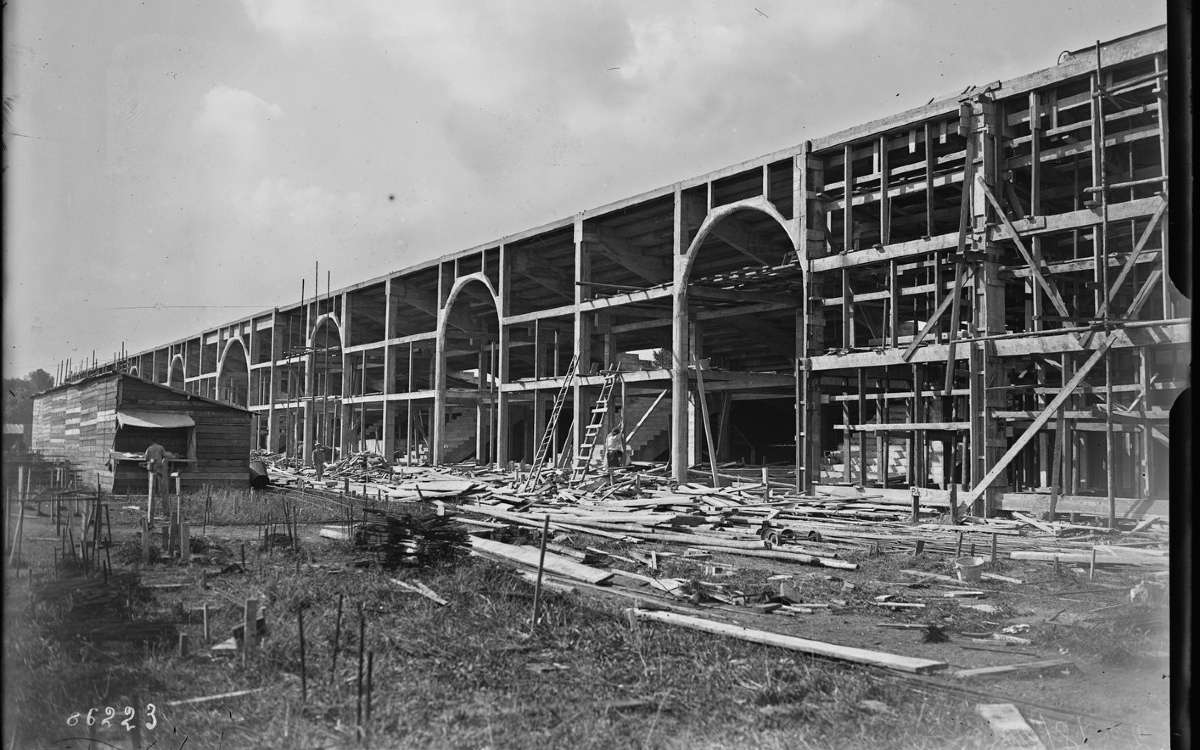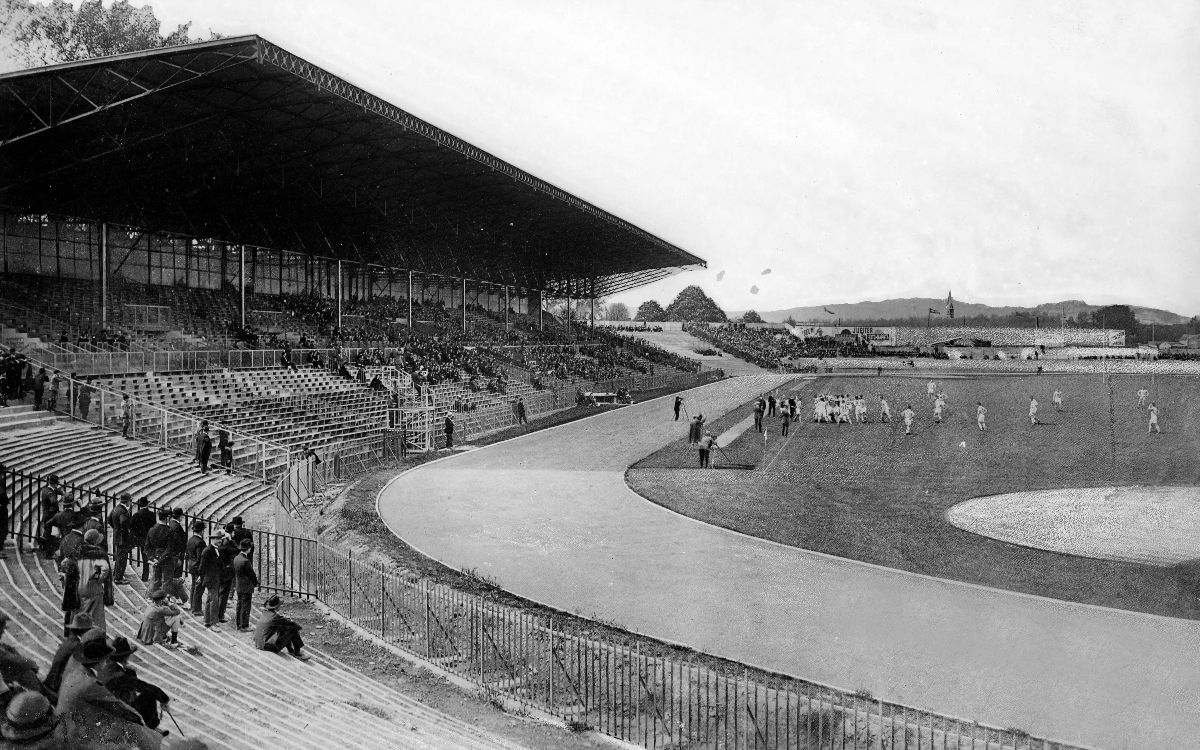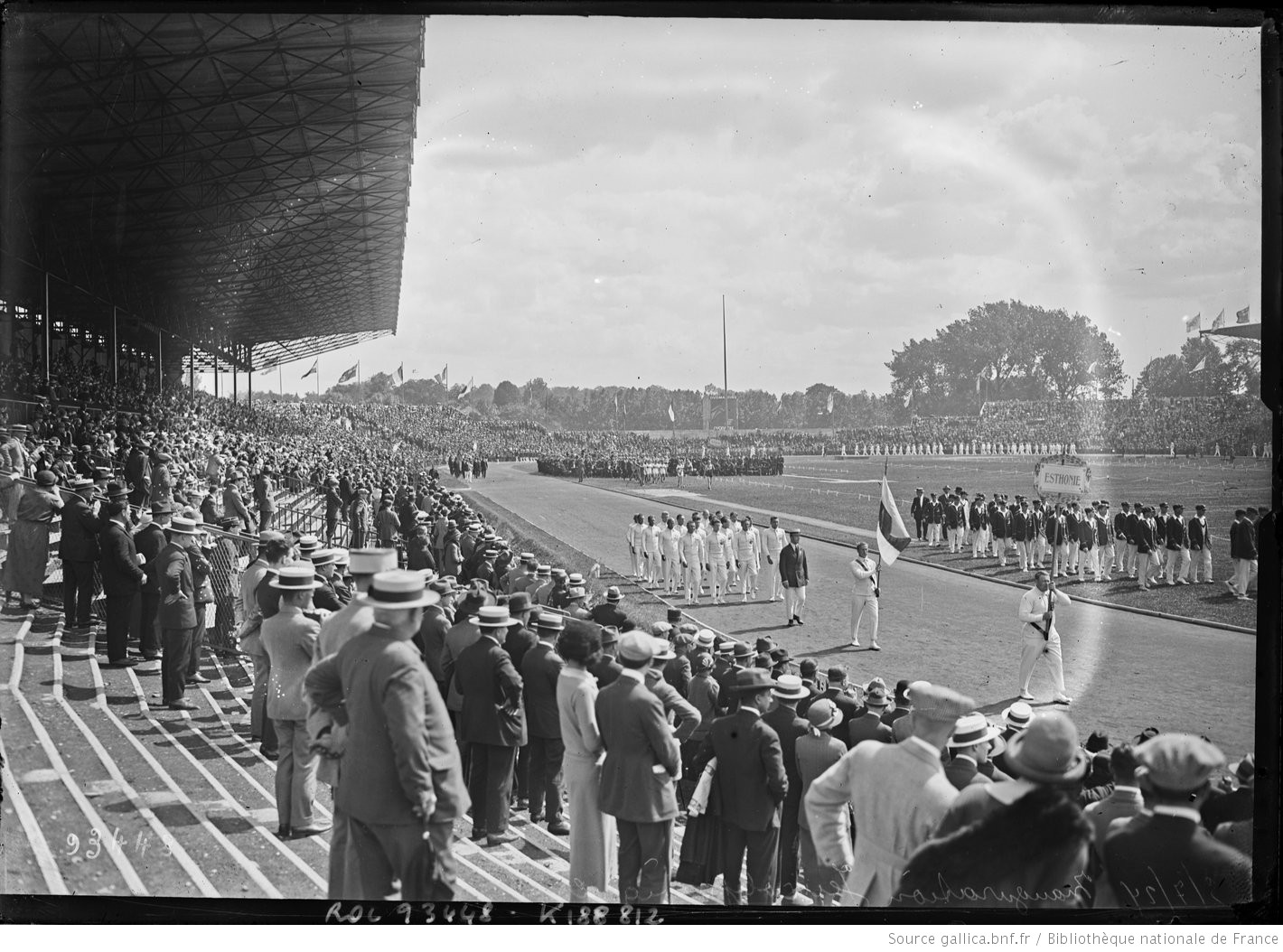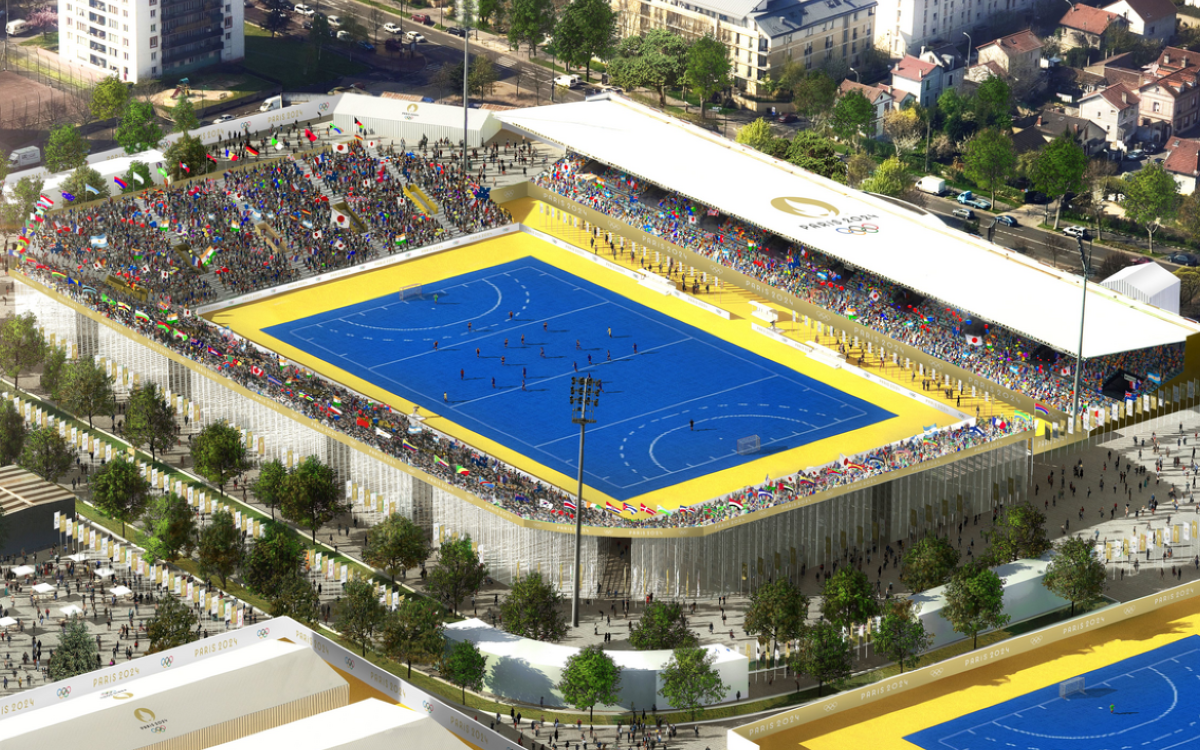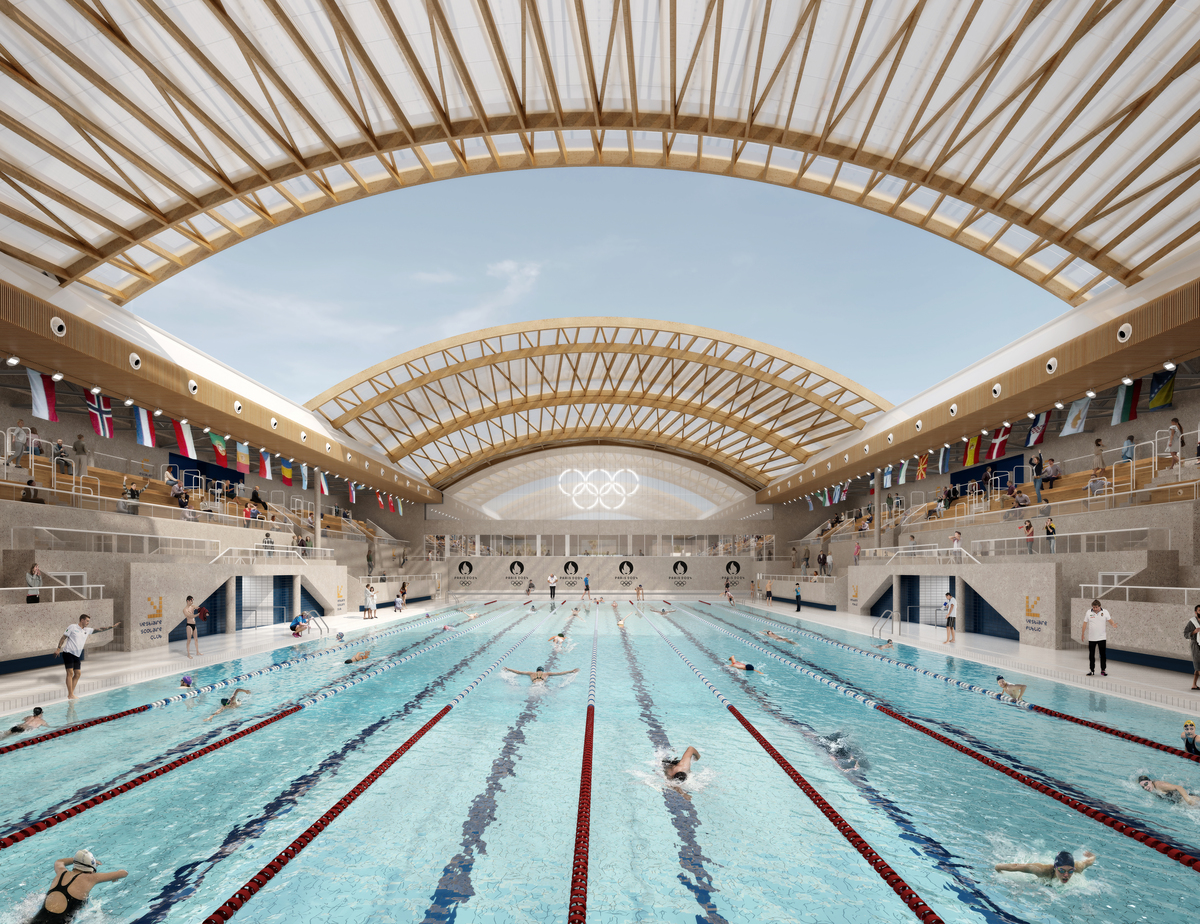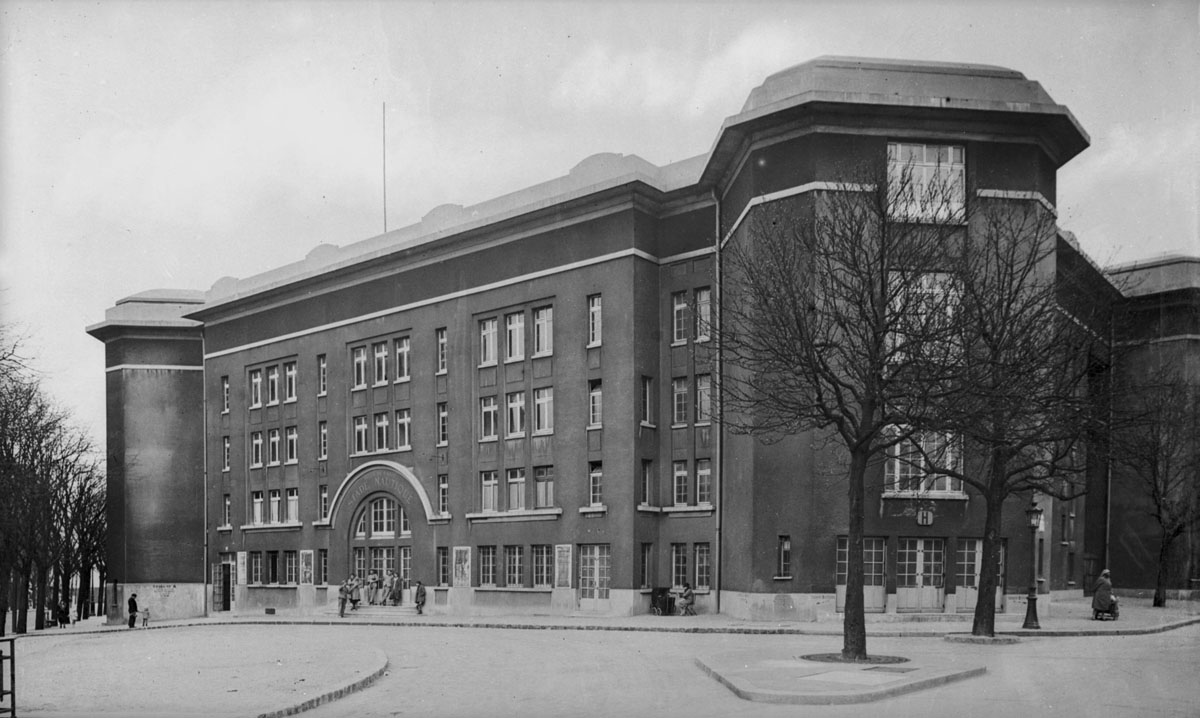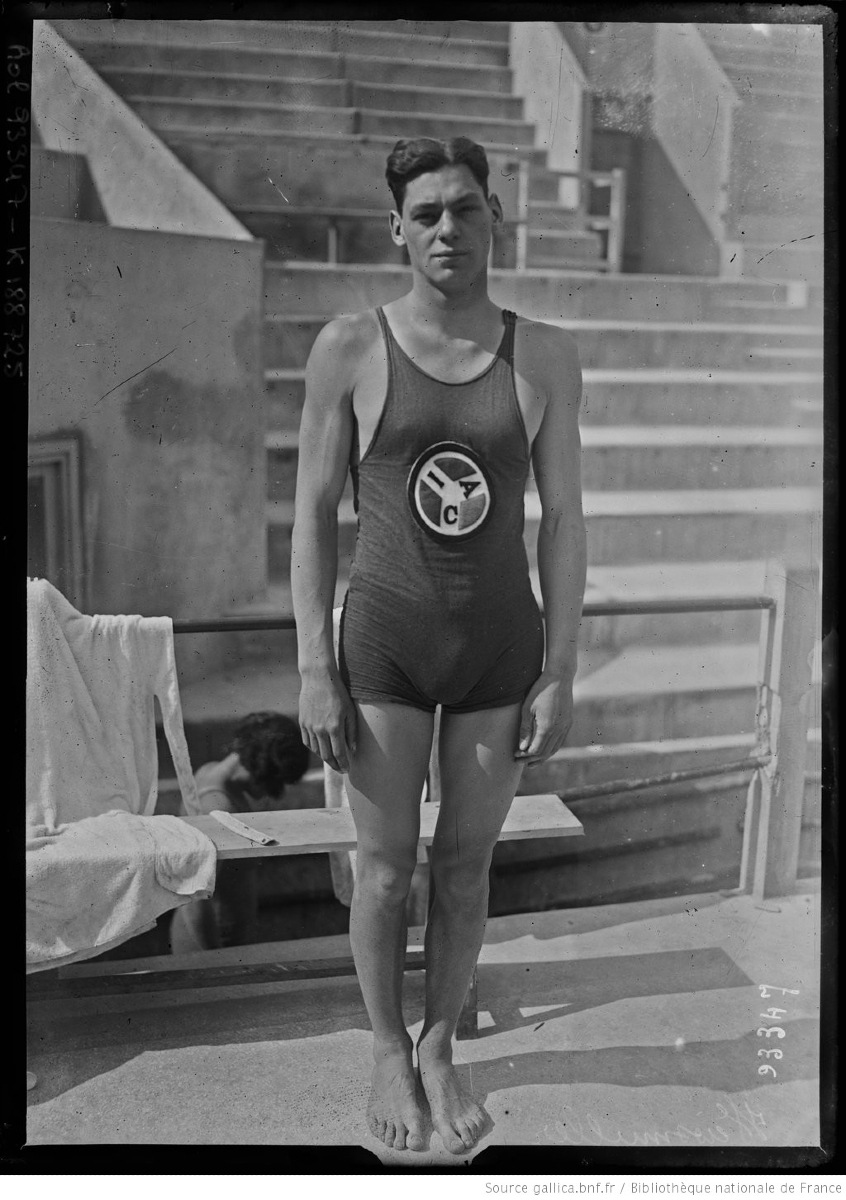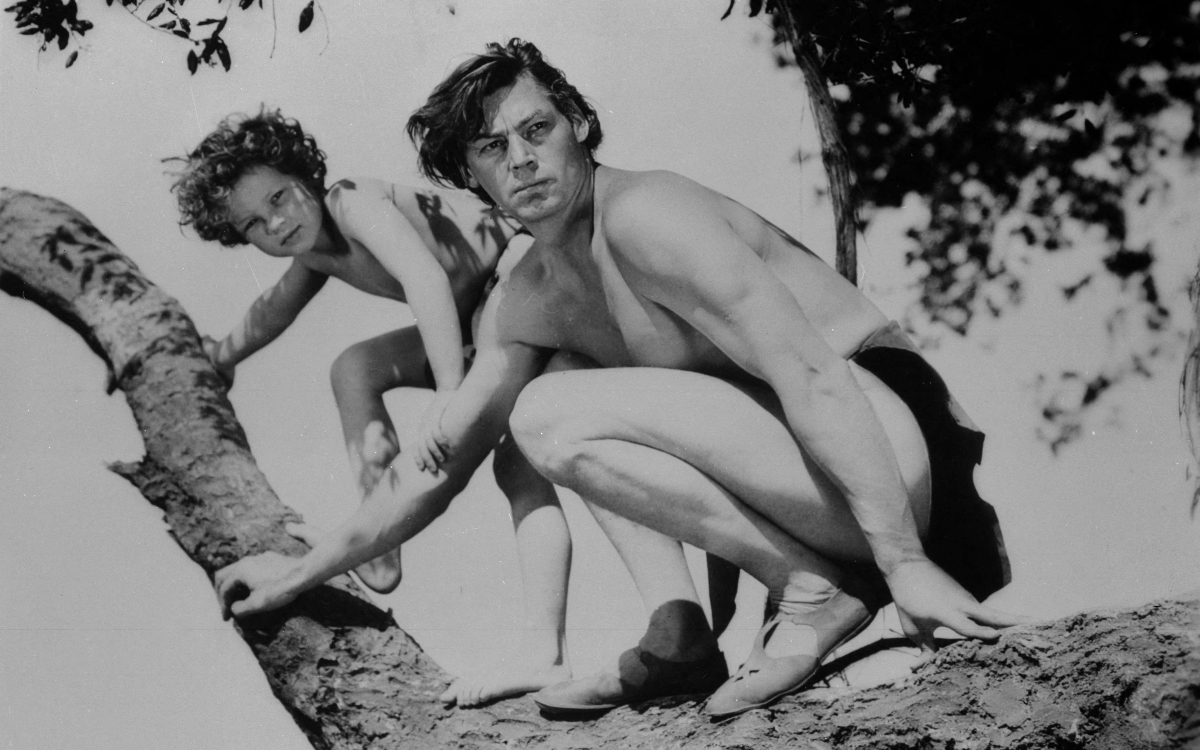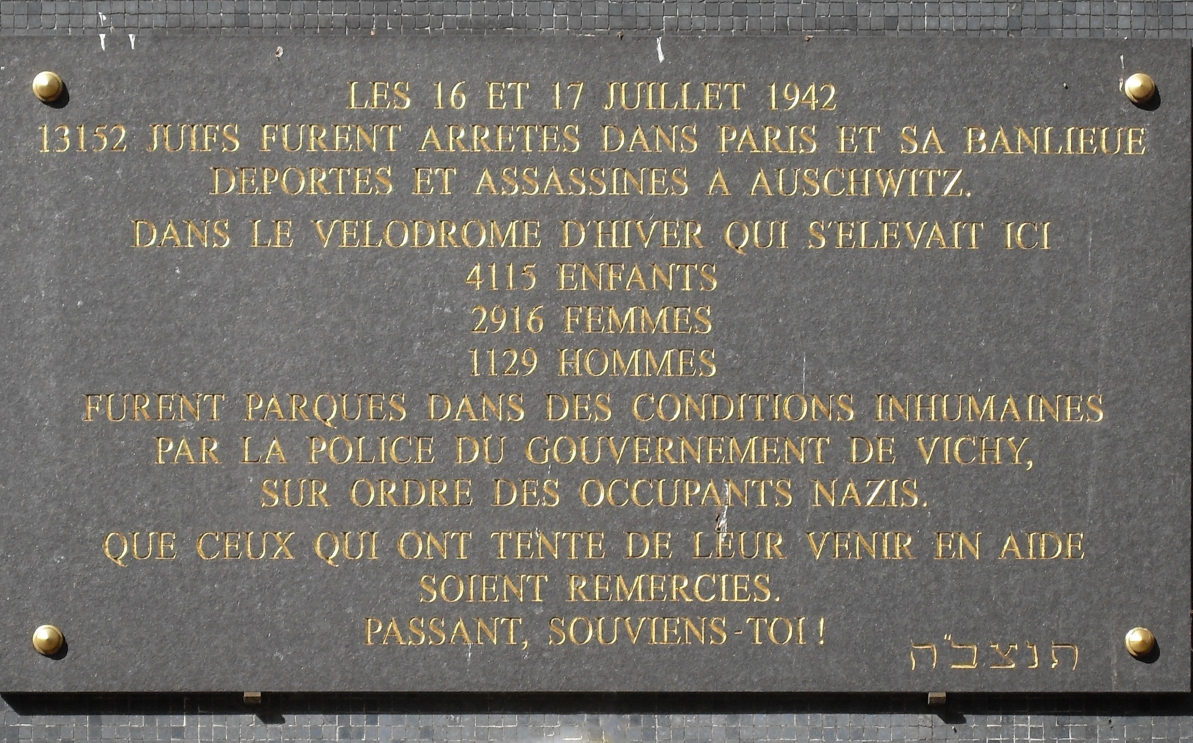Content
Cette page est aussi disponible en français
Take a deep dive into the first two Parisian Games. While the 1900 Games left little mark on the outskirts of Paris, the same cannot be said of the 1924 Games, whose legacy remains.
Paris held the Olympic Games in 1900, but what happened to the stadiums, swimming pools and gymnasiums of the time? It's hard finding any structural evidence of the "Games of the II Olympiad" in Paris, to use the official terminology of the time. These Games have a very special history, which goes a long way to explaining why they left such a small mark, much to the chagrin of the "father" of the modern Olympic Games, Baron Pierre de Coubertin.
In 1900, the Games were not officially Olympic Games…
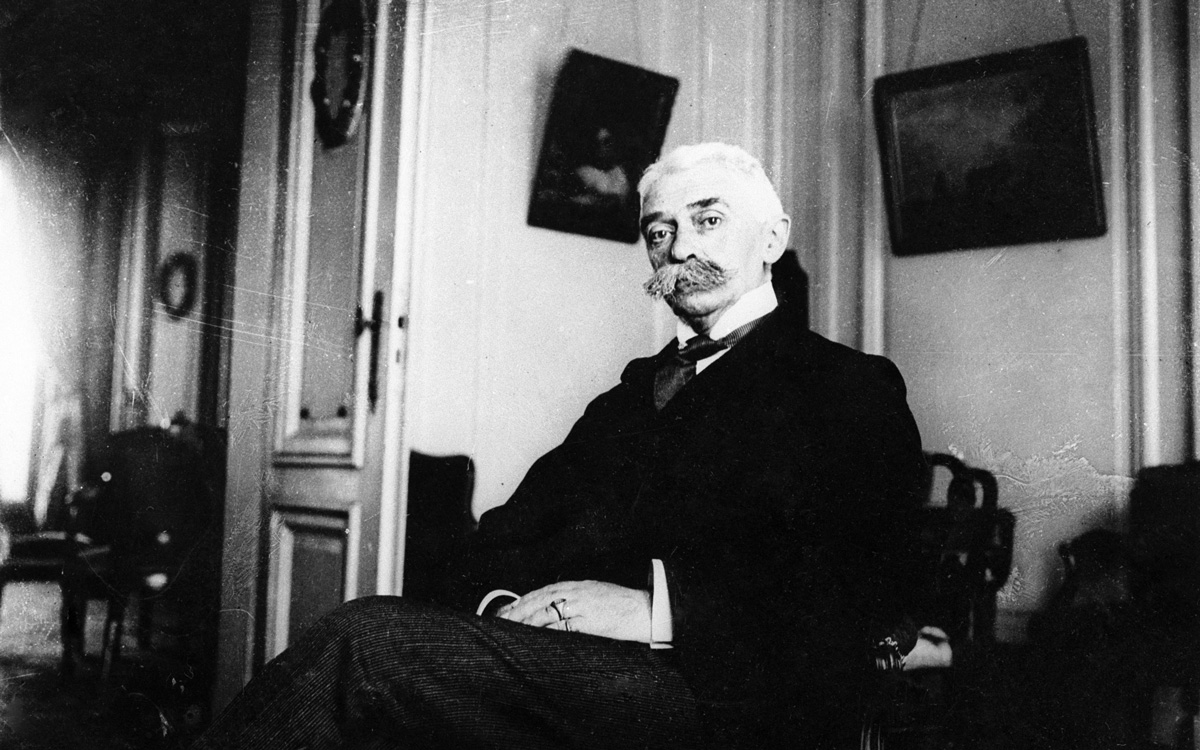
Pierre de Coubertin (1863-1937), French educator, renovator of the Olympic Games and President of the International Olympic Committee from 1896 to 1925.
Credit
© Roger-Viollet / Roger-Viollet
The decision to hold the Games in Paris was taken at the first Olympic Congress in 1894. The honor of hosting the first modern Games, in 1896, fell to Athens, capital of Greece. Pierre de Coubertin, President of the International Olympic Committee, was delighted to host this second Olympiad in Paris in 1900, but had to compete head-on with another project: the Universal Exhibition was being held the same year.
Alfred Picard, the exhibition's general commissioner, wanted to organize "international physical exercise and sports competitions" as part of the Expo. Pierre de Coubertin was furious. A compromise was finally reached in 1899. It was decided that "the Exhibition competitions would replace the Olympic Games in 1900 but still count as the equivalent of the second Olympiad". As a result, the competitions were not called "Olympic Games" in official documents, but were still considered to be Olympic Games… A difficult compromise.
This controversy had real consequences for the organization of the sporting event. The Games lasted six months, from May to October 1900, the duration of the Universal Exhibition. They also included events that were not sanctioned by Olympic Committee: balloon competitions, angling and cannon shooting.
This explains the absence of dedicated infrastructure for the 1900 Games. In fact, it was decided that the construction of sporting competition venues "would entail high construction costs and would not meet the pursued goal: the creation of major competitions without duplicating the Exhibition itself".
La Cipale, sole remnant of the 1900 Games
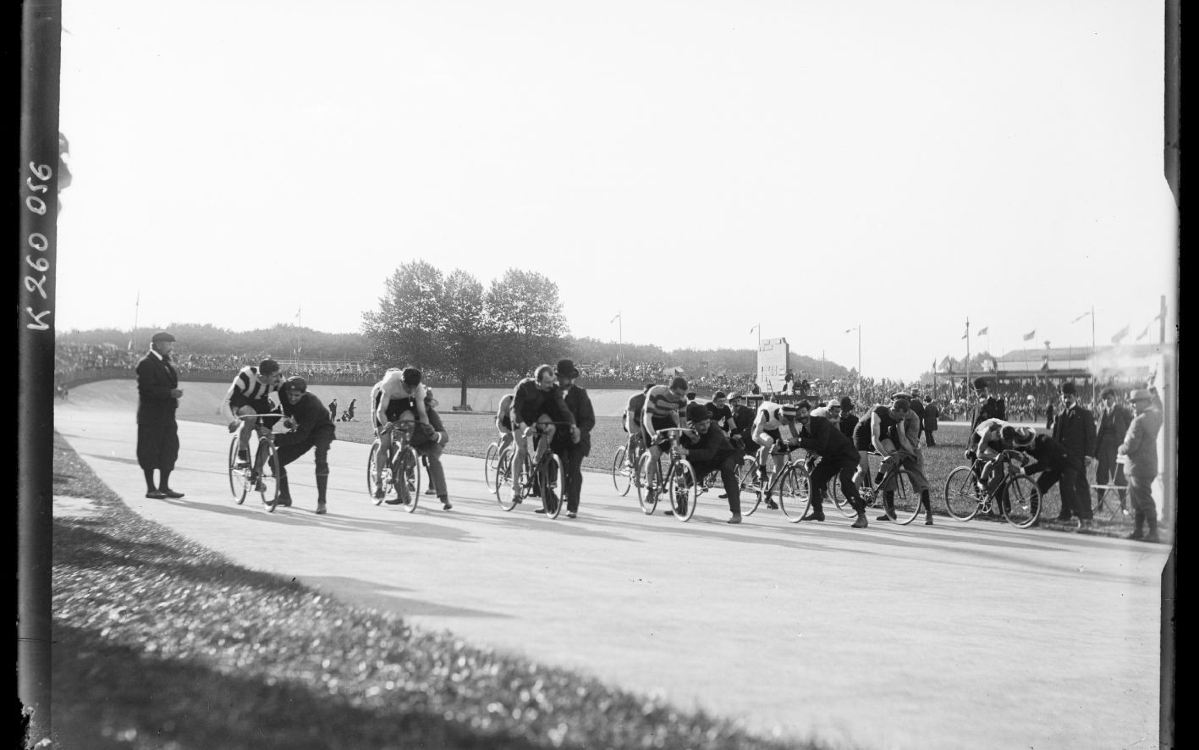
100km race at the exhibition meeting on the Vincennes velodrome, September 13, 1900
Credit
BNF
There are, however, a few remnants. The "vélodrome municipal de Vincennes" - bought out much later by the City of Paris - was inaugurated in 1896 and quickly took on the nickname "Cipale". In 1900, in addition to cycling, it was also used for gymnastics, soccer and rugby.
The track was also used for the 1924 Paris Games. From 1968 to 1975, the Tour de France ended there every summer. The "Cipale" was renamed the "Vélodrome Jacques Anquetil" in 1987 and underwent a major renovation from 2012 to 2015. The track could yet be the training venue for the 2024 Paris Games.
Who'd have thought it? The Tuileries Gardens (in central Paris) also served as a venue for the 1900 Games. It was in this 25-hectare setting that fencing bouts took place. Even more surprisingly, the Place de Breteuil (7th arrondissement) was used for the equestrian events, with the construction of a temporary racecourse.
These venues left no trace, as they were all temporary.
If there was no stadium, where did the Games' premier athletics events take place? In the Bois de Boulogne, on the Croix Catelan site, where the Racing Club de France has held the concession since 1886. Two 600-seat grandstands were hastily erected along a grass pitch where the athletes' lanes were painted in white.
For other events, you had to leave Paris. The island of Puteaux hosted tennis - even allowing for a women's tournament - and was run by the Société sportive de l'île de Puteaux, founded in 1873 as one of the very first tennis clubs in France. Sailing competitions took place on the Seine, on the Meulan waterway managed by the Cercle de la Voile de Paris. The same venue was used for the 1924 Games.
Shooting competitions were held at the Satory military range not far from Versailles, and golf events were held at Compiègne in the Oise region, as there wasn't a closer golf course at the time.
Our podcast
In the first episode of Enjeux, the podcast that answers Parisians' questions about the Games, Ève Brunelle, equipment project manager at the General Delegation for the Olympic and Paralympic Games, and Eric Monnin, French sports historian and sociologist, examine the tangible and intangible legacy of the 1924 edition. They discuss the catalytic effect of the Games on reconstruction work, while tracing the great history of the Olympics.
1924 venues: still standing a century later
Twenty-four years later, Paris once again hosted the Olympic Games, officially named the "VIII Olympiad". Pierre de Coubertin, still President of the International Olympic Committee - he stepped down at the end of the 1924 Paris Games - was pleased to have succeeded in re-establishing the capital after the semi-failure of 1900.
This time, the organizers are thinking big. A huge number of new sports facilities were built in Paris and the surrounding area. A few have survived.
Starting with the Colombes stadium. Built in 1883, it was initially a racecourse. It was partially transformed into a stadium in 1907. From 1920 onward, when the famous Racing Club de France became tenants of the stadium, soccer, rugby and athletics competitions were held there.
Racing Club de France move to Colombes
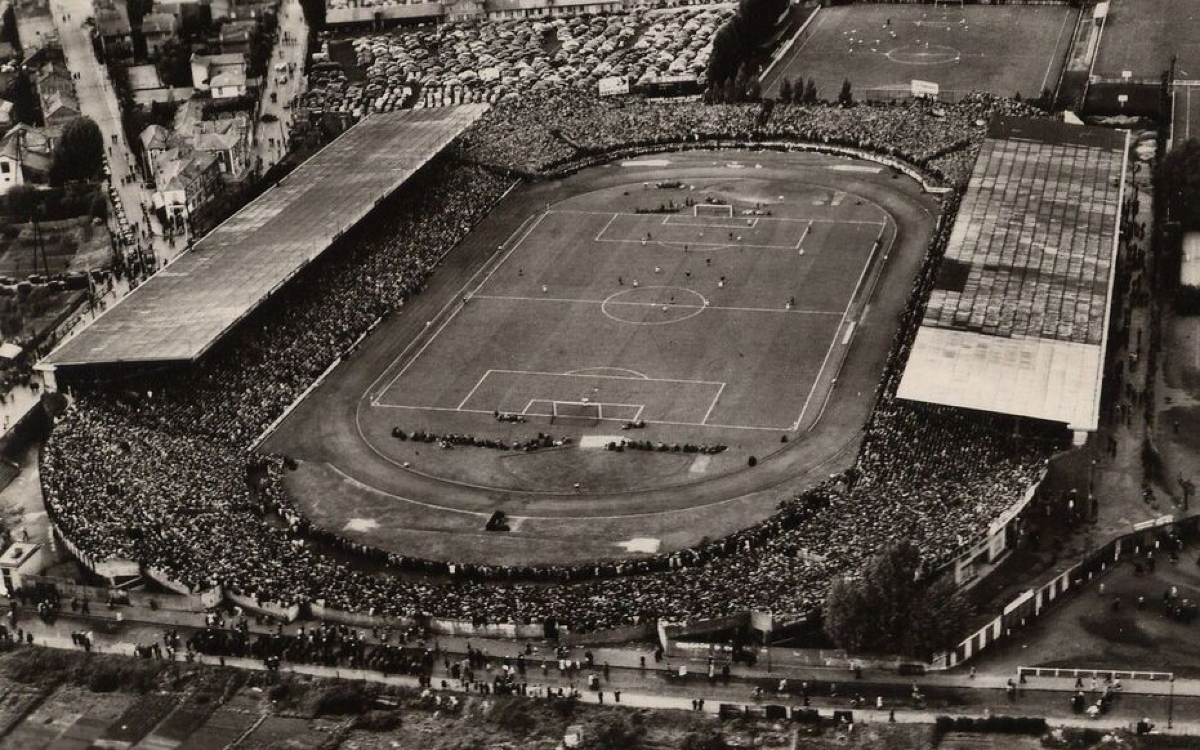
Stade Yves-du-Manoir, Colombes
Credit
DR
Racing Club pulled out all the stops to ensure that the stadium, after expansion and renovation, was chosen as the central venue for the Olympic Games. Colombes was competing with the Pershing stadium (12th) and the Parc des Princes (16th). However, for financial reasons, Racing won the bid, providing the financing for the stadium's embellishment, which won over the Olympic and public authorities. In exchange, the club received 50% of the Games revenue. The new Colombes stadium, designed by architect Louis-Faure Dujarric, had a capacity of 45,000, including 20,000 seats. It was ultra-modern for its time, with electric lighting, vast changing rooms, hot water and a press room under the stands.
The Stade de Colombes was the central venue for the 1924 Games, hosting not only the official opening and closing ceremonies, but also numerous events such as soccer, gymnastics, athletics…
The Colombes stadium is still standing today. It has had its ups and downs, with the renovation of the Parc des Princes and the construction of the Stade de France since surpassing its initial splendor. It has now been renovated and hosts field hockey events.
It was also in Colombes in 1924 that, for the first time during the Games, an Olympic village was built to accommodate athletes. Made wood, nothing remains of it today.
Tarzan's pool

The Tourelles swimming pool, now known as Gorges Vallerey, in the 20th arrondissement.
Credit
Henrard, Roger
On the other hand, within the inner suburbs of Paris, another legacy site from the 1924 Games still survives, although the young Parisians who splash around in it don't necessarily know it. The Tourelles pool - renamed Georges-Vallerey in memory of the famous swimmer who shone there - was built in the 20th arrondissement. It was the first 50-meter pool with lanes. The building could also hold 1,500 spectators.
In 1924, it hosted swimming and water polo events. Johnny Weissmuller, an American athlete, won four medals, three of them gold. But it was not until much later that he became famous, playing the role of Tarzan in twelve films.
Completely renovated in the 1980s, the Tourelles/Georges Vallerey swimming pool still stands. Its structure is currently being rebuilt, and the facility will be used again during the 2024 Games.
In western Paris (16th arrondissement), another site is still visible: the Auteuil racecourse. It's been around since 1873. But for the 1924 Games, the grandstands were completely rebuilt and a steeplechase track created.
Further north in Paris (18th arrondissement), the Stade Bauer, named after Jean-Claude Bauer, a Jewish doctor, Communist and Resistance fighter who was arrested in 1942 by the French police and shot. Formerly named the Stade de Saint-Ouen when it was created, then renamed the Stade de Paris in 1922, still hosts sporting competitions, as it did in 1924, when soccer events were held there.
Le Vel d'Hiv… Never forgotten

6-day race at the Vél' d'Hiv, 1924.
Credit
BNF
We can't end this list of legacy sites without mentioning the Vélodrome d'hiver, the famous "Vel d'hiv". Inaugurated in 1910 in the 15th arrondissement, it was destroyed in 1958. But its memory must be kept alive for reasons totally unrelated to the Olympic Games.
With its 17,000 seats, it hosted the 1924 Games boxing events and many other sporting and popular events. The Vel d'Hiv is remembered for events that unfolded there in the summer of 1942 during the Nazi occupation of France.
81 years ago, on July 16th and 17th, 1942, the French police arrested over 13,000 Jewish men, women and children. They were placed in inhumane conditions for several days in the Vel d'Hiv, before being transferred to transit camps and deported to the Auschwitz concentration camp in Poland. Most were murdered there. A commemorative plaque has been affixed to the site of the former velodrome on Boulevard de Grenelle (15th arrondissement), so that we never forget.
In our Olympic Games series:
We want to hear from you!
Was this information useful to you?
Please note: we cannot reply via this form (please do not include any personal information).

